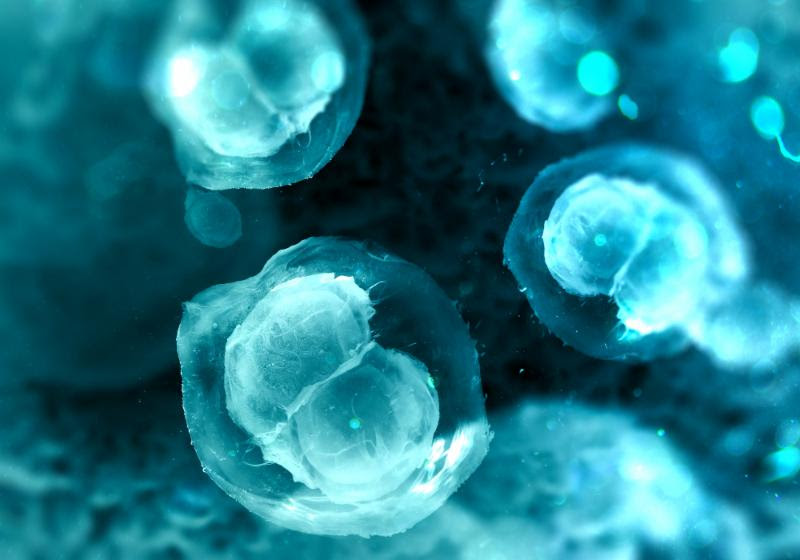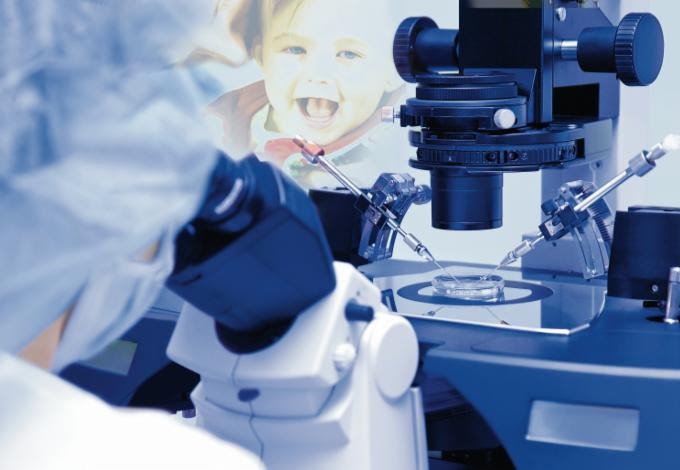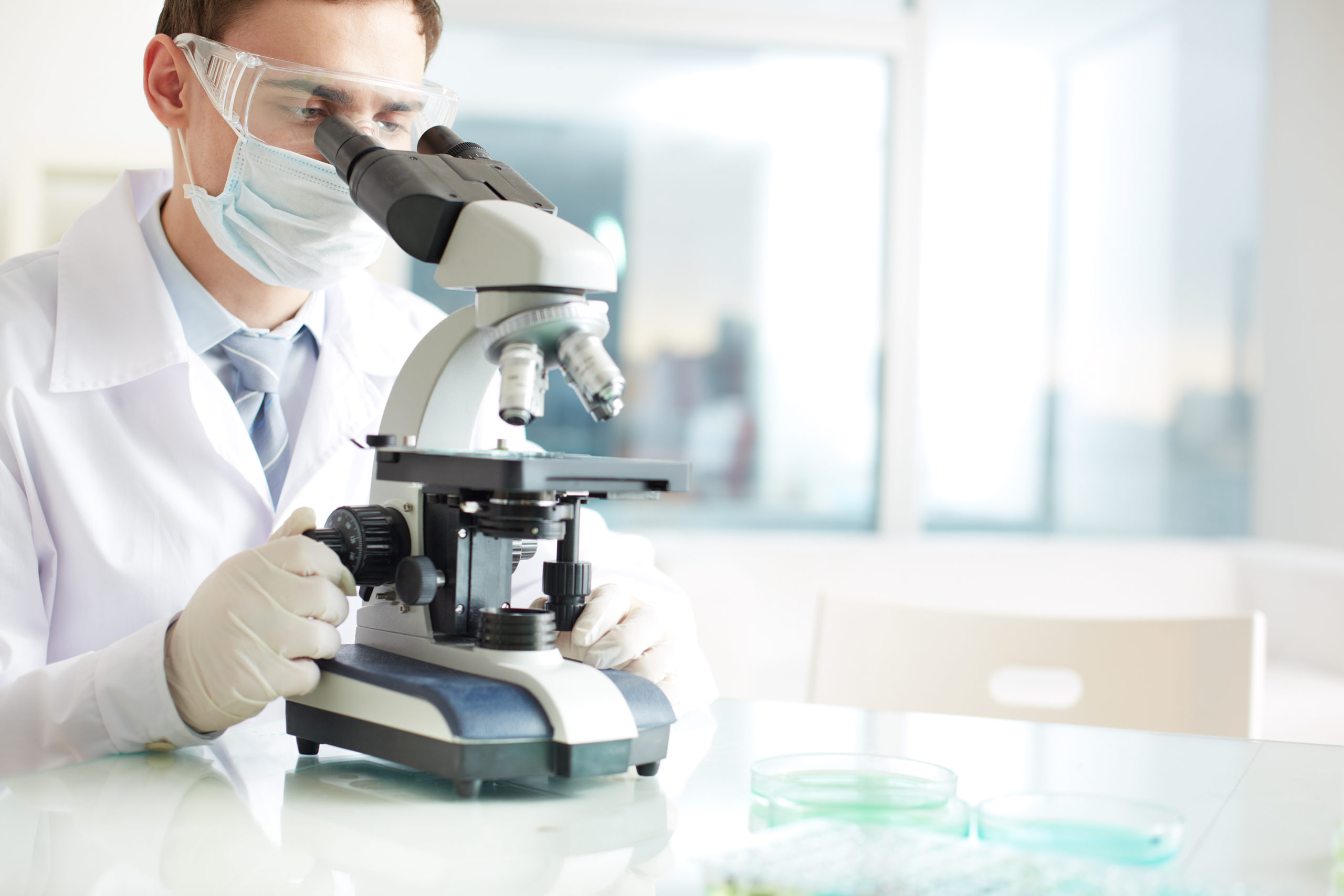West Nile Egg Donor Testing
West Nile Virus Screening Underway At TWEB West Nile Virus (WNV) is an arbovirus spread principally by Culex mosquitos that occur widely in the continental US. Mosquitos pick up the virus from infected birds and transmit it to other birds, mainly in the summer. After being bitten by an infected mosquito, most people with West…
Details





